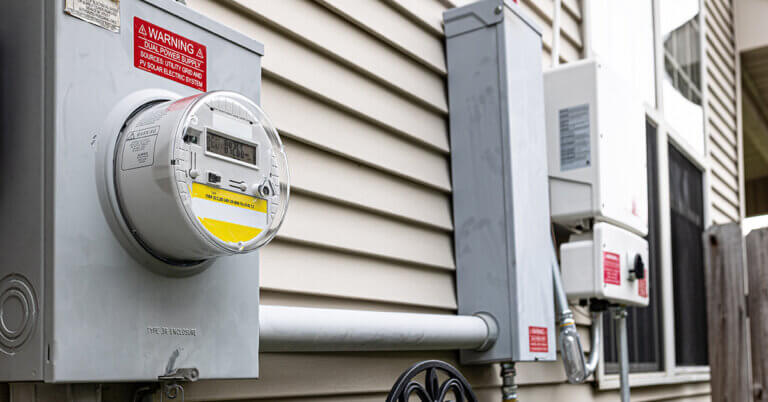April 12, 2023

No One Pays Retail, Even in Healthcare
I grew up just west of Chicago where if someone asked you to pay cash, it meant one of three things. The person was not going to report the cash payment as income on their tax return. The person was connected to an unnamed organization that doesn’t file tax returns. Or both.
If that someone asked you to pay cash, you didn’t have a choice to pay by check or, later, by credit card. Yes, there was a time before credit cards. Like there was a time before mobile pay apps. What a time to be alive, right?
Anyway, I just read a new study in Health Affairs that puts a healthcare spin on that cash dynamic from my memories of the 1960s and 1970s.
Five health services researchers from Johns Hopkins University wanted to know if there were any price differences for hospital care depending on whether the patient was insured or uninsured and how any price differences compared with a hospital’s chargemaster for the same services.
The researchers’ study pool consisted of prices charged by 2,379 hospitals for 70 services deemed shoppable by CMS, meaning patients have the opportunity to comparison shop for a service before it happens. The data in the pool came from a variety of sources, including chargemaster prices posted by the hospitals as required by the hospital price transparency rules that took effect in 2021.
Here’s what they found:
- On average, cash prices were 64 percent lower than the chargemaster prices.
- On average, prices negotiated with commercial insurers were 58 percent lower than the chargemaster prices.
- Cash discounts were bigger in highly concentrated hospital markets where hospitals with more market power could offer steeper discounts to self-pay patients because the hospitals could get that money back and more by leveraging their market power with insurers.
There’s a lot to unpack here.
First, and again, hospitals are businesses just like businesses in any other industry. No one pays retail.
Second, offering big discounts to cash-paying customers is a premeditated strategy. It’s better to get a little something than a whole lot of nothing if nothing is the likely result of an unaffordable medical bill. Or, as the researchers said politely: “Offering lower cash prices might be a way that hospitals respond to the greater price sensitivity from uninsured and underinsured patients.”
(I wrote about this in “When Knowing About the Healthcare Revenue Cycle Gets You Another Donut.” My mom got a 67 percent cash discount when her hospital mistakenly classified her as self-pay when she’s enrolled in a Medicare Advantage plan. Hmmm. That hospital is just west of Chicago, too.)
Third, hospitals and hospital systems merge with each other and join other health systems to increase their economic strength. There is no other reason. They can charge the poor less because they know they can charge health insurers and their members more.
Look at all the fun things we’re learning about how hospitals do business because of the new price transparency rules. Now you know why hospitals fought the rules and why most hospitals still aren’t following them.
Cash is good.
Thanks for reading.





